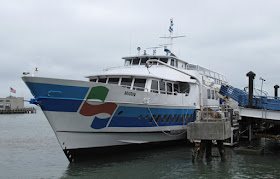Had a wonderful time at Muir beach the other day and after hiking around the beautifully rehabilitated beach- it’s been brought back to it’s original state, no more alien plants- we decided to take a 3 minute walk up the dirt road to the charming whitewashed Pelican Inn for lunch.
The Pelican Inn is a charming old British Inn, bar,restaurant and hotel. It really does a great job of capturing the spirit of 16th century England's west country. It has the old beams, stone floors, roaring fireplaces, old equipment and pictures adorning the walls. There’s a low ceilinged small Tudor Bar there to have to have your Guinness and play some darts. The staff there are very friendly and it’s a good place for a stop.
For lunch we had the choice of the charming dining room or the equally nice patio. Since the day was nice and clear we picked the sun filled patio where we chose from authentic Shepherds Pie, Bangers and Mash, Ploughman’s Lunch with Stilton and Cheddar cheese, Fish and Chips, Loch Duart Salmon and all sorts of local seafood. The ploughman’s lunch, Bangers & Mash and local mussels we had were quite good but slightly under spiced and since this is english style food after all, we throughly enjoyed it.
 |
| Muir Beach |
Highly recommended.
Check out the rest of the blog . . . http://bit.ly/iDqzWB

















































